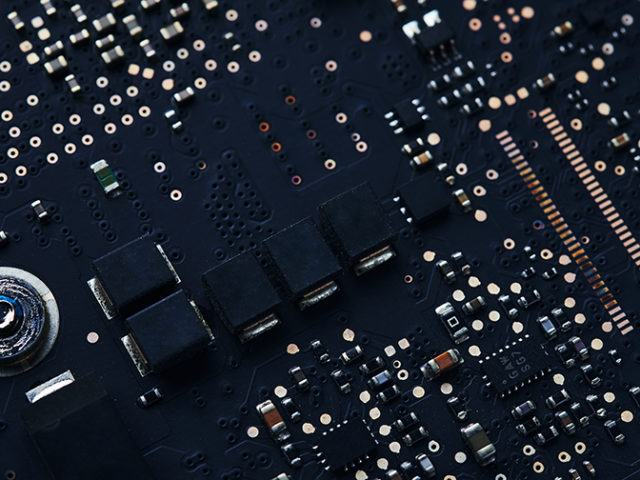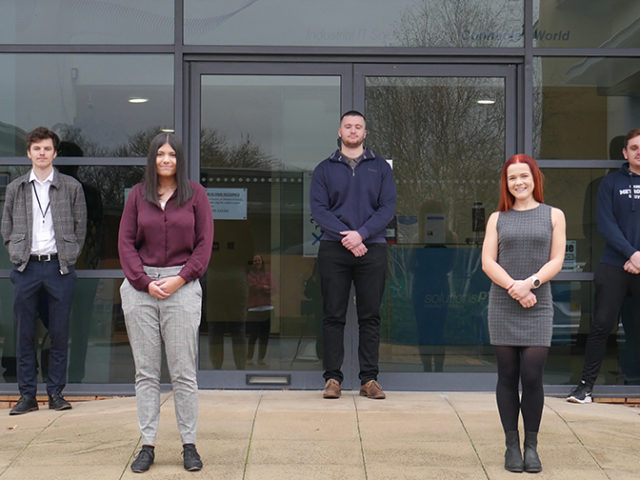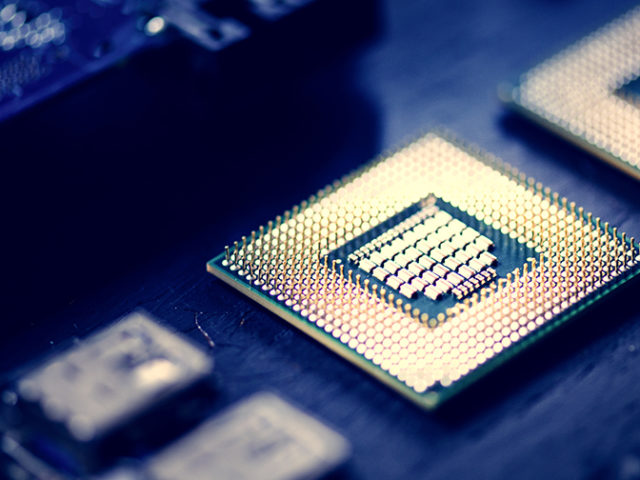The performance of flexible large-area organic photodiodes has advanced to the point that they can now offer advantages over conventional silicon photodiode technology, particularly…
Tag: featured
Siemens helps combat early careers crisis with recruitment drive for 26 school leavers, university students and graduates
Siemens is bucking the downward trend in early careers opportunities by offering 26 school leavers, university students and graduates a pathway into manufacturing, automation…
Electrically switchable quit for quantum computers
To perform calculations, quantum computers need qubits to act as elementary building blocks that process and store information. Now, physicists have produced a new…
SolutionsPT launches Apprentice Academy and furthers its ‘People First’ approach to business
Leading industrial IT solutions partner, SolutionsPT is celebrating the launch of its Apprentice Academy in its tenth consecutive year attaining the annual ‘The Sunday…
Technology that process information much faster than conventional electronic chip
An international team of scientists have developed a photonic processor that uses rays of light inside silicon chips to process information much faster than…
How to design more efficient nuclear reactor
Nuclear energy provides more carbon-free electricity in the United States than solar and wind combined, making it a key player in the fight against…
Turbulence computed with AI
For the first time, researchers at ETH Zurich have successfully automated the modelling of turbulence. Their project relies on fusing reinforcement learning algorithms with…
A NASA space SPHEREx telescope moves ahead
NASA's upcoming space telescope, the Spectro-Photometer for the History of the Universe, Epoch of Reionisation and Ices Explorer, or SPHEREx, is one step closer…
How to make smart thermostat more efficient
Buildings account for about 40 percent of U.S. energy consumption, and are responsible for one-third of global carbon dioxide emissions. Making buildings more energy-efficient…
ZEISS, TRIUMPF and Fraunhofer research teams are awarded for development of EUV lithography
German Federal President Frank-Walter Steinmeier announced the winners of the Deutscher Zukunftspreis 2020 (German Future Prize 2020) in a ceremony in Berlin. The Federal…










